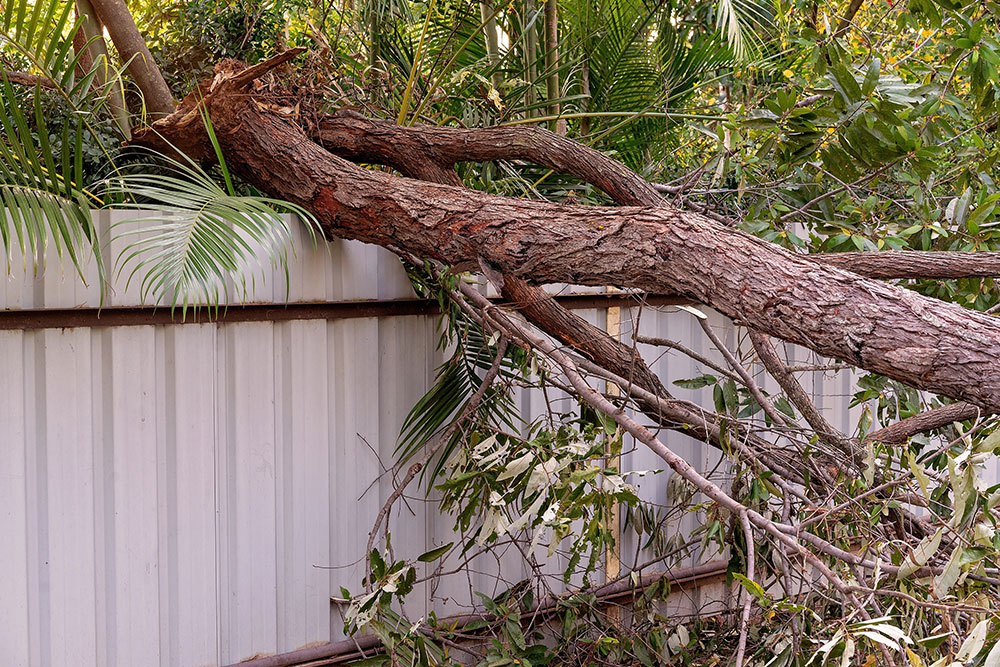Expert Guide To Tree Debris Removal After The Storm

The aftermath of a storm can leave behind a trail of chaos, especially when trees are involved. Large branches and tree trunks may block driveways, damage homes, or create dangerous obstacles in yards. With the right tools and approach, tree debris removal can be managed. You might even need a disaster relief tree service to assist in the more challenging situations. This guide will walk you through how to handle the removal safely and efficiently.
Assess the Damage and Prioritize Safety
After the storm, the first step is to assess the situation carefully. Look for fallen trees or large branches that could be dangerous. If there are downed power lines, gas leaks, or hazardous conditions such as unstable tree limbs, do not approach. These hazards should be handled by trained professionals immediately.
Check your property for any areas where the storm debris could pose a threat to people or pets. If you find wildlife taking refuge in debris, be cautious. Storms can displace animals, and some may become defensive if startled.
Once you have confirmed that the environment is safe, begin planning the removal of the debris. You will need the right tools and equipment, which might include a chainsaw for large branches, a rake or leaf blower for smaller debris, and a sturdy tarp or wheelbarrow for transporting the debris.
Start with Small Debris
When dealing with storm debris, it is often easiest to begin with the smaller branches and leaves. Use a rake or a leaf blower to gather leaves and small twigs into piles. This process helps you clear the area faster, making the task less overwhelming.
For small branches, hand tools like pruning shears or a small saw can help you break them down into manageable pieces. If you plan to use the debris as mulch or compost, be sure to chop it into smaller pieces. Some people find it helpful to rent a wood chipper, especially when there are a lot of small branches and twigs.
Address Larger Tree Debris
If large limbs or trees have fallen, you may not be able to handle the debris on your own, especially if the tree is near power lines or structures. For these larger debris removals, a chainsaw and safety equipment are necessary. Cutting the tree into smaller pieces will make it easier to haul away. However, if the tree has caused significant damage, it is better to call professionals with experience in tree cutting and removal.
For safety, always make sure the area is clear of people before starting the cutting process. Never attempt to cut down or move trees that are leaning in unsafe directions. This is where disaster relief tree services can be invaluable.
Proper Disposal of Tree Debris
Once the tree debris has been collected, you must dispose of it properly. If you are working on a small scale, you may be able to load the debris into your truck or trailer and take it to a local landfill. However, larger amounts of debris may require renting a dumpster or a chipper for more efficient disposal.
Some areas may have specific rules on tree debris disposal, so make sure to check with your local waste management service before beginning. For example, burning the debris may be allowed in some regions but prohibited in others due to fire risks. Always follow local regulations to prevent fines or other penalties.
Hire Professionals for Safe and Efficient Removal
If you are unsure about handling large tree debris or do not have the necessary equipment, consider hiring professionals. A disaster relief tree service will help you remove the debris and offer advice on how to prevent further damage from future storms. They can also provide a more thorough inspection of the trees on your property to assess their health and stability.
It is always a good idea to ask for referrals or reviews before hiring a professional service. Ensure that the company is licensed, insured, and has experience in storm debris removal. An experienced team can efficiently remove all debris and minimize the risk of injury or additional damage.
Professional Vegetation Management After Storms
While cleaning up tree debris is important, vegetation management after a storm is also essential for long-term property health. Fallen trees and limbs can disrupt the balance of your landscape, leaving your yard vulnerable to soil erosion and further damage. Managing vegetation after a storm helps restore the ecosystem and prepares your property for future storms.
At Coleman Environmental Engineering, LLC, we understand the challenges of dealing with storm debris. We offer professional tree debris removal and vegetation management services to help restore your property safely and efficiently.
Contact us today for professional assistance after a storm. Our team has the experience and knowledge to handle all aspects of storm debris cleanup, from tree cutting to erosion control.
